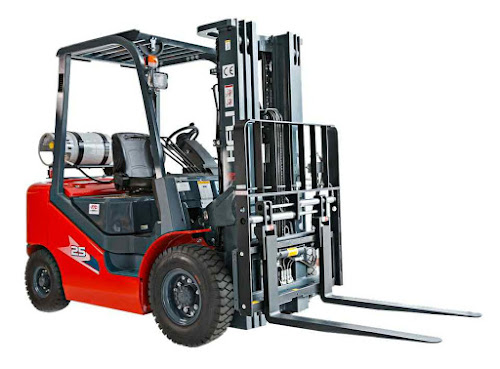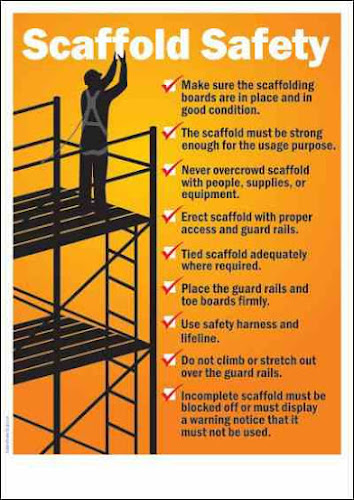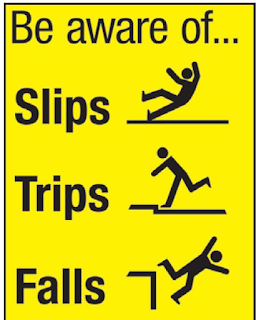Reach truck safety rules | फोर्कलिफ्ट ट्रक सेफ्टी नियम

Safe movement of vehicle in the workplace / Reach truck safety rules Vehicles are very important in the company they are used to transfer materials to other locations. Different vehicles are used in the workplace such as Reach trucks , mobile cranes, dump trucks, and more. Material handling equipment Risk of injuries to workers could happen due to the: loss of control due to mechanical failure and the environment condition overturning and overloading of vehicles collision with other vehicles and pedestrians reversing of vehicles inside the workplace improper layout of access and egress of the work site emergency incidents such as fire that causes collision Hazards from workplace reach truck / forklift not separating the vehicles and pedestrian routes lack of barriers on roads lack of warning and directional signs not enforced speed limits poor road surface narrow and no marking roadways insufficient pedestrian crossing points poor environment such as noise, dust, and insuffic...







